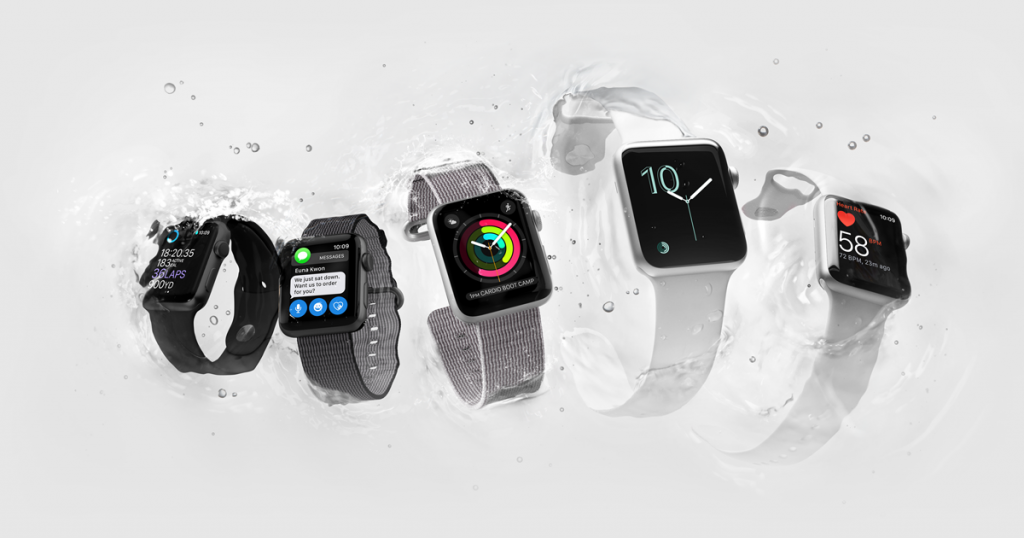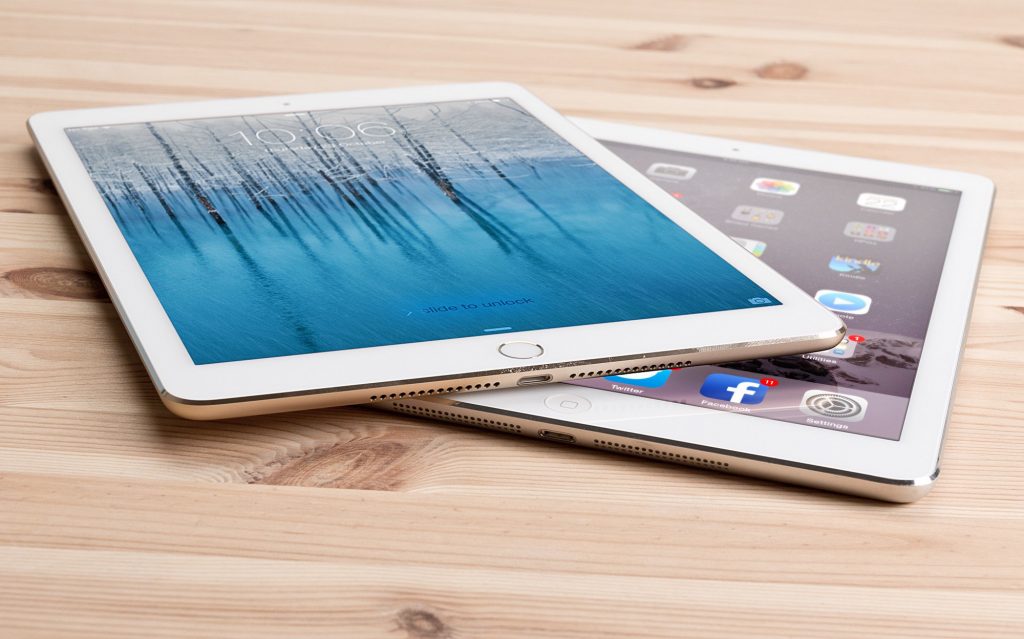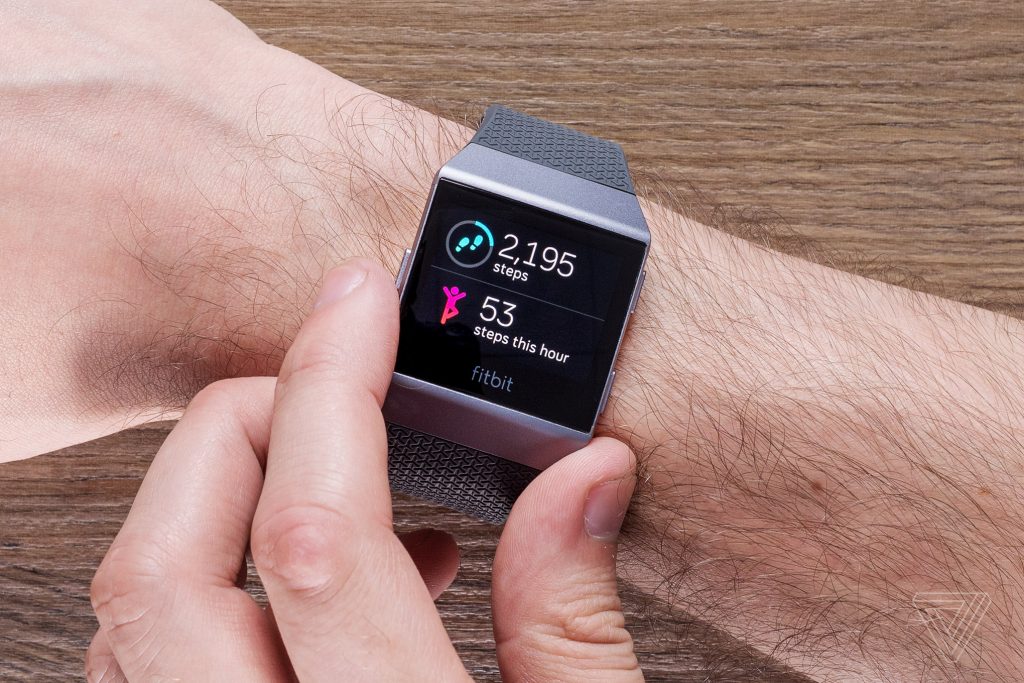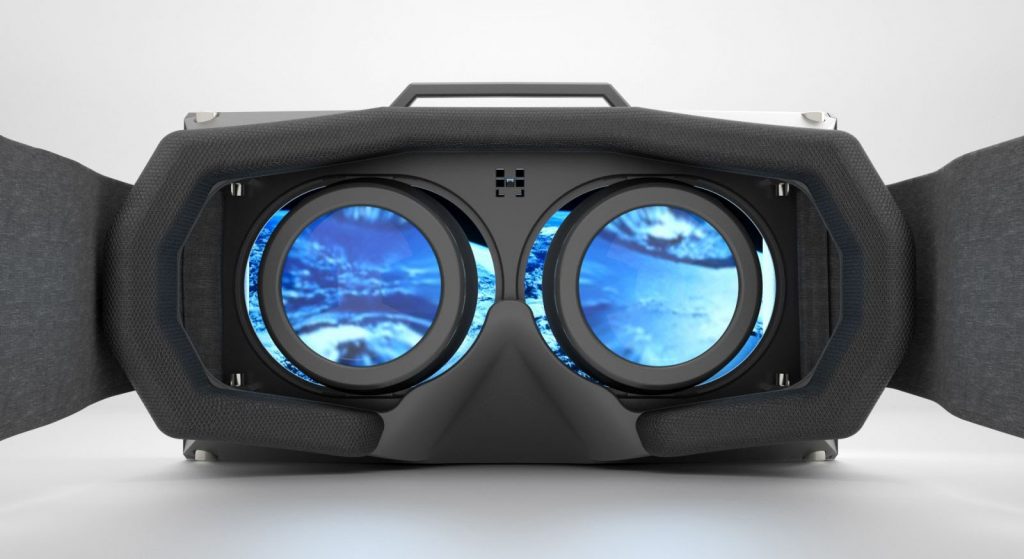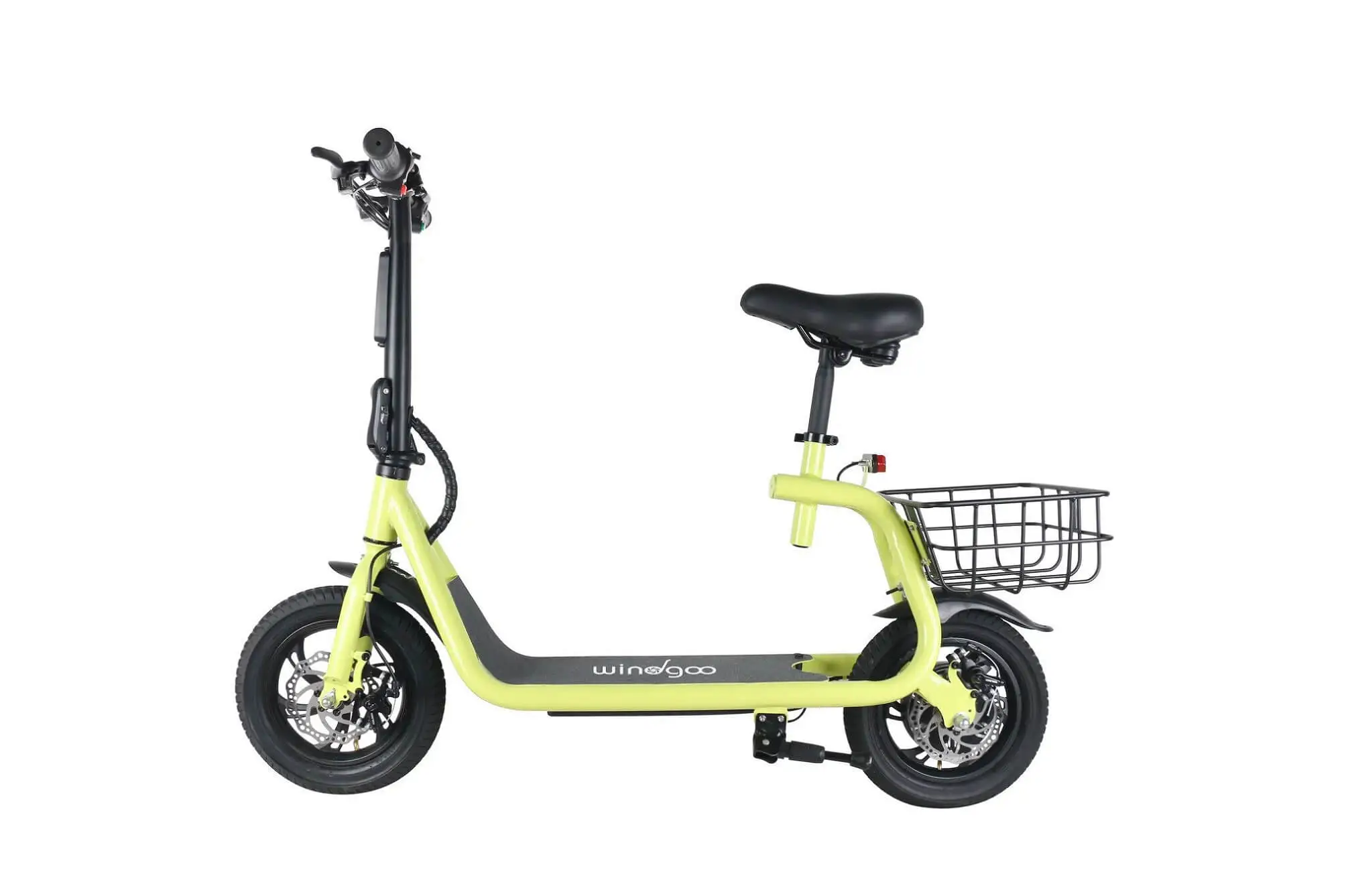This Tuesday, California-based tech giant, Apple is all set to reveal a set of its new products, which includes the much-anticipated iPhone 8 and a premium iPhone X to celebrate the model’s 10th anniversary. Along with that, the firm is set to reveal its new 4k/HDR Apple TV, new Apple Watch Series 3, renovated AirPods, and the company’s latest HomePod appliance. The Apple Park campus will also be released come Tuesday.
Before the original introduction of the Apple Watch back in 2014 and its release the next year, there have been a lot of attempts to introduce wearable computing gadgets. Apart from traditional attempts at smartwatches by Motorola, Samsung, Sony and other other licensed companies of Google’s Android Wear stage, there were a lot of activities from companies like Microsoft, Xiamoi, Pebble, Fitbit and other firms. Even Google Glass had tried to introduce a wearable for head back in 2013, which was followed by a demonstration of Microsoft Hololens back two years later.
However, even in 2017, all those plans are either abandoned, or are stuck with no hope of continuation due to high finance required. Moreover, other initiatives are running so poorly that they are considered to be irrelevant, apart from Apple Watch and Fitbit.
A research from IDC analysed that the Apple Watch is now tied with Fitbit in terms of unit delivered. Albeit, a year ago, Fitbit had reportedly double the units shipped of those of Apple Watch, so it is a downgrade for Fitbit to be tied with the Apple Watch.
On a contrasting view, the Fitbit is a far less expensive device than the Apple Watch, with the average selling price of Fitbit being at $100 in comparison to the $300 average price for the Apple Watch. As a result, Apple Watch brings in 300% more revenue than that of Fitbit. Xiaomi bands, which have a price of between $13 and $25 are also a little ahead of Apple in the market of wrist-worn wearable, however, Xiaomi is far from the revenues of Fitbit and Apple.
Fitbit has the same number of Apple units shipped but it could not match Apple’s revenueIDC claims that Xiaomi’s revenue went roughly up to $52 million, while Fitbit had a revenue of about $340 million, followed by the Apple Watch’s earning of more than $1 billion.
According to other analysts, AirPods, Apple’s other wearable gadget, has boosted Apple to take the lead in the market by a very wide margin.
One of the main reasons why Apple is leading the wearable market so heavily is because of it being in tight integration. Hardware giants like Samsung and Sony do not have any expertise over software while the software experts like Google and Microsoft do not have the ability to produce hardware at a bigger scale.
The California-based firm is not just good at both software and hardware, but it has the capabilities of making up and lead rivals that are only good at one sector. For example, Samsung had an early lead over Apple in water resistant feature on its phones and watches, but the Apple Watch quickly overtook, and kept pushing forward. Now, the Apple Watch has transformed from water resistant to swim proof.
Moreover, one of the main reason that Apple can catch up quickly with market leaders is that it has a lot of earnings. Xiaomi had an impressive low cost Mi Band with a small OLED screen on it, but it could only generate a revenue of around $52 million in this quarter, that is a very slim margin.
In comparison, Apple has made more expensive efforts to build a more advanced watch, which has resulted in over $1 billion in sales. This also means that the profit margin of Apple is high, which easily makes it accessible to keep innovating the product and lead the market efficiently.

Nicholas is a dedicated and experienced author of this tech blog. He wants to be helpful and offer great content to his readers, but he also needs to make sure that the site is profitable so it can continue running. If you have any questions or concerns about our work please don’t hesitate to contact us!

